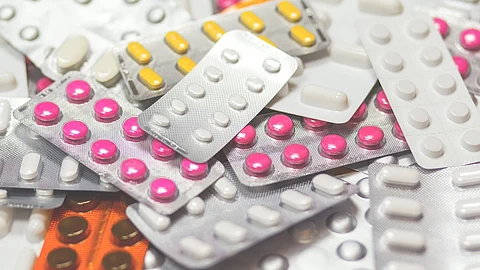STRATEGIES FOR MANAGING AMR IN DENTISTRY
To combat AMR in dental practice, several strategies can be implemented:
1. Education and Training: Ongoing education on antibiotic stewardship and the latest evidence-based guidelines is essential for all dental practitioners.
2. Antibiotic Stewardship Programs: Establishing structured programs within dental practices to monitor and optimize antibiotic prescribing can significantly reduce unnecessary use.
3. Patient Education: Educating patients about the importance of completing prescribed antibiotic courses and the potential consequences of misuse can help improve compliance and reduce resistance.
4. Informed Decision-Making: Dentists should engage in shared decision-making with patients regarding the need for antibiotics, discussing alternatives when appropriate.
5. Monitoring and Reporting: Tracking antibiotic prescriptions and resistance patterns within dental practices can identify trends and inform strategies for improvement.
6. Collaboration with Healthcare Professionals: Dentists should collaborate with general practitioners and pharmacists to ensure a comprehensive approach to AMR, sharing knowledge and resources to optimize patient care.
The Role of Oral Microbiome
Oral microbiome plays a major role in shaping oral health or disease state, thus a main challenge for dental practitioners to preserve or restore a balanced oral microbiome. Oral biofilms are complex communities of microorganisms that adhere to teeth and soft tissues. These biofilms play a crucial role in oral health , but when pathogenic, they can lead to infections such as dental caries and periodontitis. The extracellular matrix of biofilms protects bacteria from antibiotics, complicating treatment and contributing to AMR. Strategies to manage oral biofilms include enhanced oral hygiene practices and alternative therapies, such as antimicrobial photodynamic therapy (ADPT), cold atmospheric plasma (CAP), antimicrobial peptides (AMP's) and probiotics.
Common Pathogens and Their Resistance Patterns
Several bacteria are frequently associated with dental infections, and understanding their resistance pattern is vital:
1. Staphylococcus aureus: Known for causing abscesses and periodontitis, methicillin-resistant strains (MRSA) complicate treatment options.
2. Streptococcus mutans: A primary contributor to dental caries, some strains have shown resistance to common antibiotics, highlighting the need for effective prevention strategies.
3. Enterococcus faecalis: Often implicated in root canal infections, this bacterium exhibits resistance to many antibiotics, including penicillin, making treatment challenging.
4. Aggregatibacter actinomycetemcomitans: Associated with aggressive periodontitis, this bacterium can exhibit multi- drug resistance , raising concerns in periodontal therapy.


